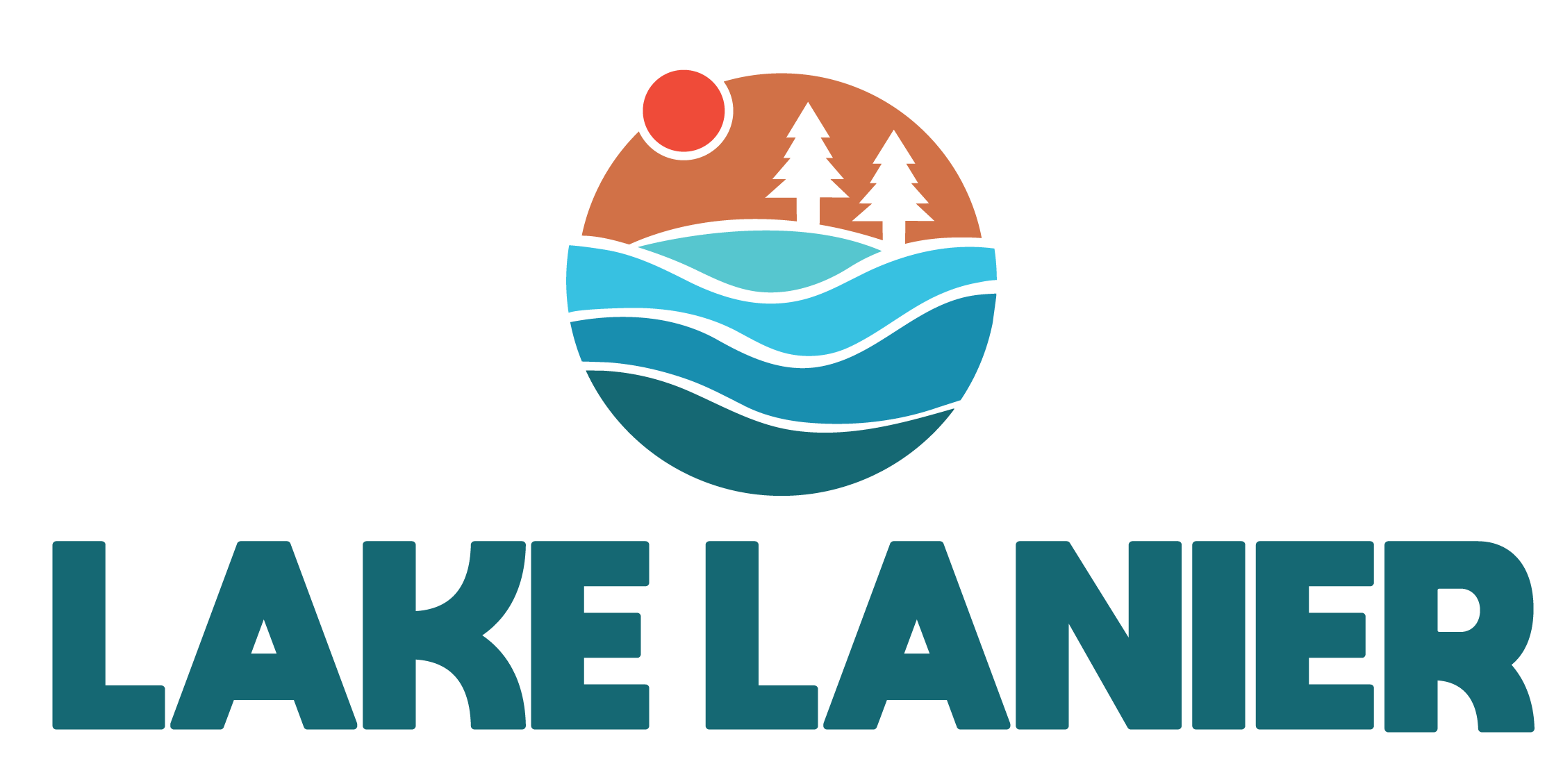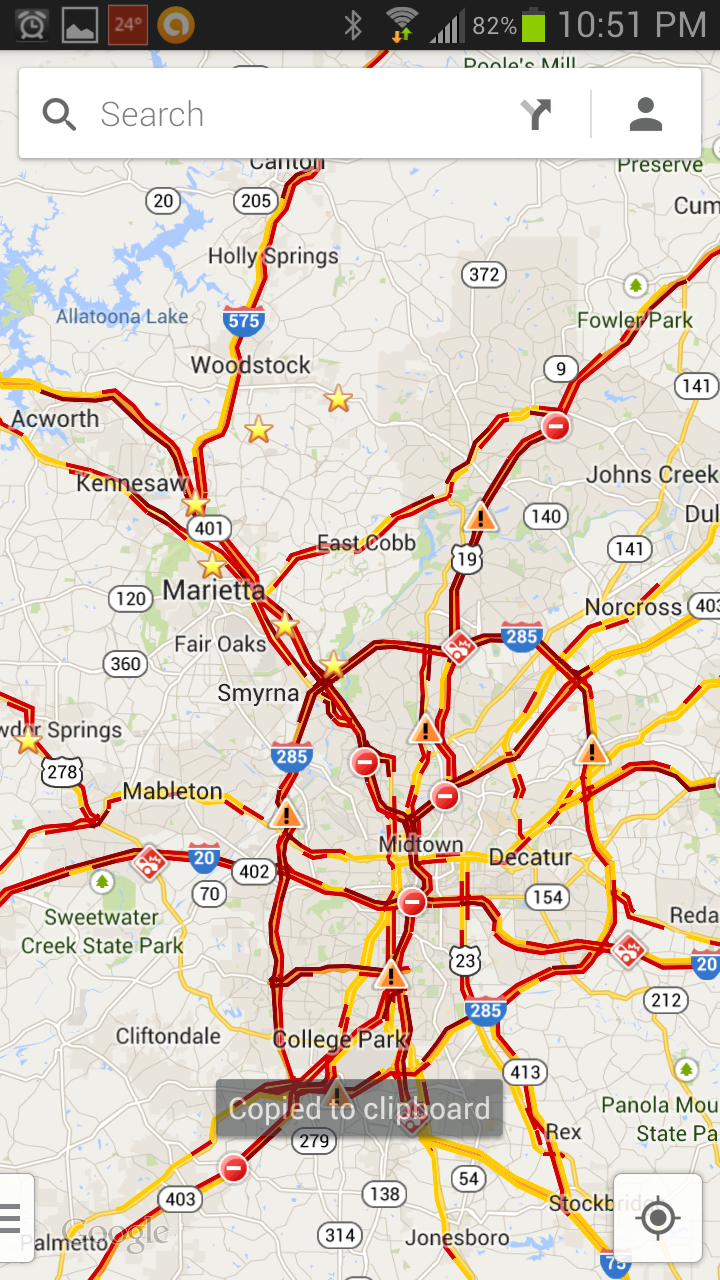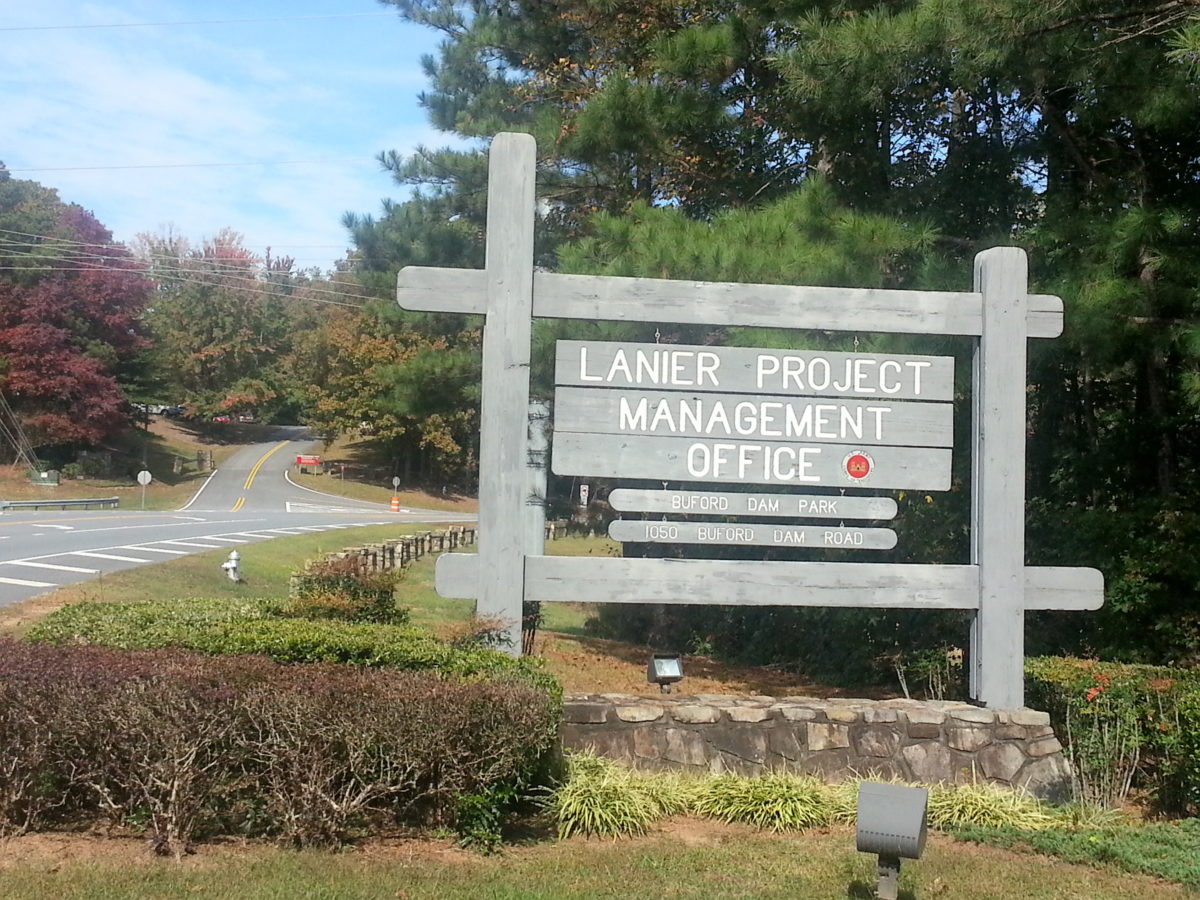
The “Dirty Dozen” report released on Wednesday, November 13, 2013, gives the opinions and perspectives of the Georgia Water Coalition on the state of Georgia’s waterways and their ideas on what can be done to solve specific problems they’ve identified.
Riverkeeper and Executive Director at the Coosa River Basin Initiative Joe Cook says, “The Dirty Dozen is not a list of the most polluted water bodies in Georgia, nor are they ranked in any particular order. It’s a list of problems that exemplify the results of inadequate funding for environmental protections, lack of political will to enforce environmental laws and ultimately misguided water planning and spending priorities that flow from the very top of Georgia’s leadership.”
The Dirty Dozen highlights a dozen of the worst offenses to Georgia’s waters and spotlights state policies and failures that might ultimately harm Georgia property owners, downstream communities, fish and wildlife, hunters and anglers, and boaters and swimmers, from the perspective of the Georgia Water Coalition.
The Coalition’s full report details the history of each site and provides suggestions to correct these ongoing problems and eliminate the listed threats.
Click Here for an Online Copy of the Dirty Dozen
“Over the past decade, the health of Georgia’s waterways and the health and safety of Georgia citizens has been compromised as funding for Georgia’s Environmental Protection Division has not kept pace with population and economic growth,” said Gordon Rogers, the Flint Riverkeeper.
Problems highlighted in the report include:
- Stormwater from industrial facilities polluting a stream flowing into our state’s most important lake (Item 5) largely because there are only two EPD staffers responsible for inspecting and monitoring more than 2,000 industrial sites.
- Aging dams in danger of failing are going without inspection (Item 9); these ticking time bombs threaten life, property and the health of our rivers.
- The priorities of giant corporations are more important than the rights of citizens to fish, swim and boat in clean water (Item 4). While pulp fiber product giant Rayonier enjoyed profits of $411 million in 2012, its paper plant in Jesup continued to foul the Altamaha, as it has done since the 1950s.
- Accusations that Governor Nathan Deal’s administration continues a pattern of misguided funding priorities that invariably benefit the administration’s political cronies. While EPD’s budget is limited, Governor Deal has directed more than $160 million during the past two years to dam and reservoir projects (Item 2). These projects serve only to prolong Georgia’s ongoing water conflicts with Alabama and Florida.
“In comparison, funding for the most cost-effective alternatives for growing the state’s water supply—water conservation and efficiency measures—has languished,” said Sally Bethea, the Chattahoochee Riverkeeper. “During the past seven years, the state has spent an average of $11 million annually to aid local communities in using their water more effectively—about six percent of what the Deal Administration has spent on high-cost, high-risk, speculative water supply projects in just two years.”
Executive Director of Georgia River Network April Ingle said, “The Georgia Water Coalition publishes this annual list as a call to action for our state’s leaders and its citizens to come together to correct pollution problems, eliminate the wasteful use of our state and local tax dollars and restore our streams, rivers, lakes and coastal wetlands.”
The Georgia Water Coalition is a consortium of more than 200 conservation and environmental organizations, hunting and fishing groups, businesses, and faith-based organizations that have been working to protect Georgia’s water since 2002. Collectively, these organizations represent more than 300,000 Georgians.
The Georgia Water Coalition’s 2013 Dirty Dozen
1. Floridan Aquifer: Water Injection Schemes Gamble with South Georgia’s Pristine Underground “Lake”
2. Chattahoochee and Etowah Rivers: Governor’s Water Supply Program Wastes Tax Dollars & Incites More Water Conflicts with Neighbors
3. Flint River: Pumps, Dams, Diversions & State Water Policy Create Man-Made Drought
4. Altamaha River: Pulp Mill in Jesup Continues to Foul Georgia’s Largest River
5. Flat Creek: Polluted Runoff in Chicken Capital Sends Bacteria to Stream Feeding Lake Lanier
6. Ocmulgee River: Coal Ash Threatens Waterways In the Home of Fried Green Tomatoes
7. Satilla River: Toxic Legacy in Waycross Needs Further Investigations, Cleanups
8. Savannah River: Massive Water Withdrawals for Nuclear, Coal-Fired Power Plants Threaten River’s Health, Drinking Water
9. Lake Alice: Dam Breach Disaster in Cumming Highlights Need for Better Dam Safety
10. Georgia Coast: Proposed Changes to Coastline Laws Roll Back Long-Standing Protections
11. Hurricane Creek: Illegal Playground for Off-Road Vehicles Sends Mountains of Sediment to Trout Stream
12. Oconee and Ogeechee Rivers: Dirty Coal-Fired Power Plant to Spew Mercury and Deplete South Georgia Rivers




Good article, Thanks!